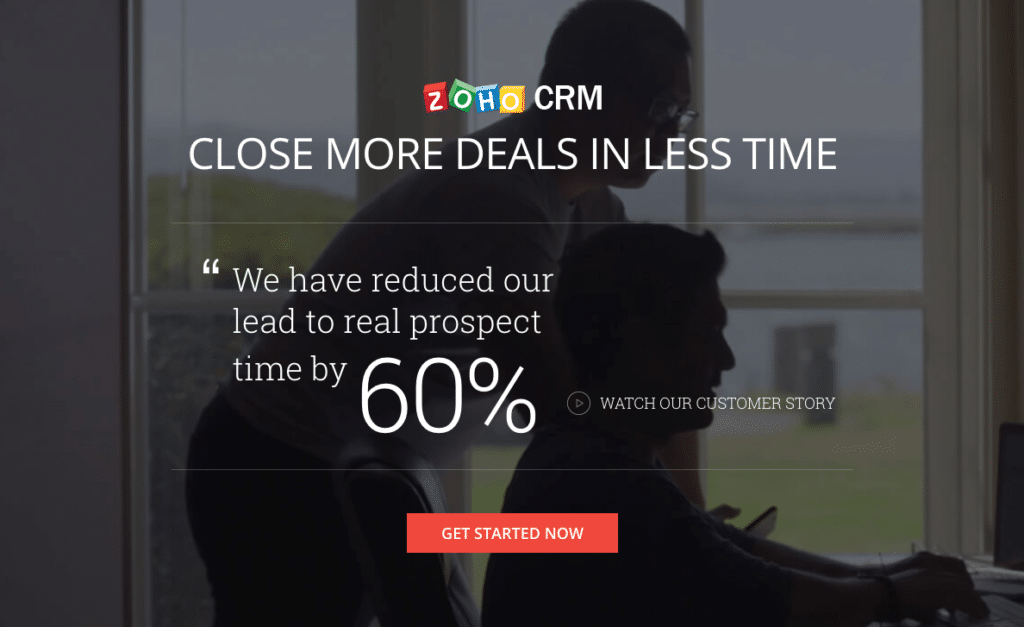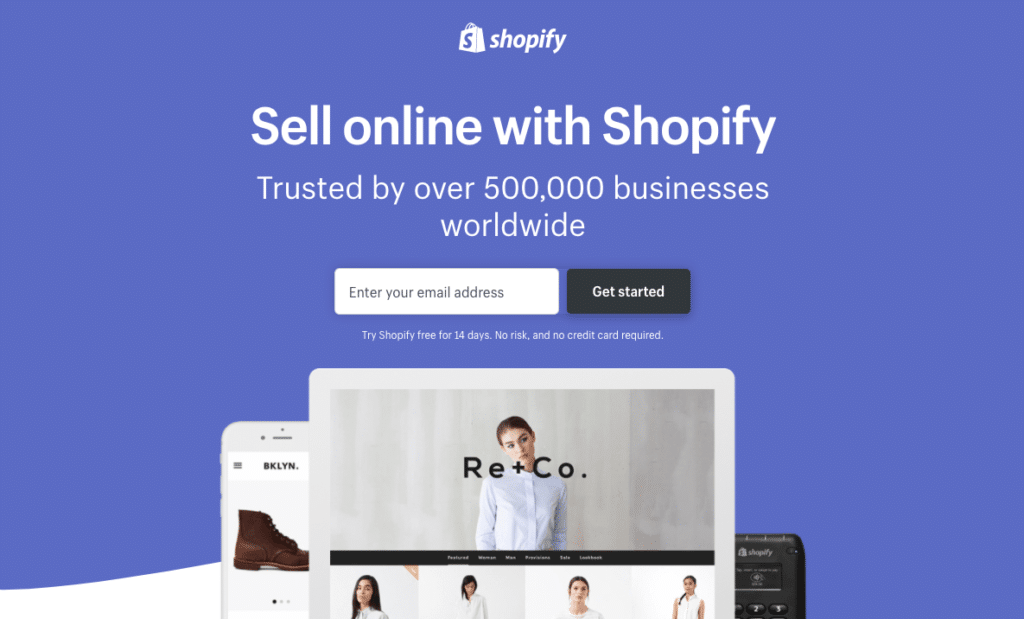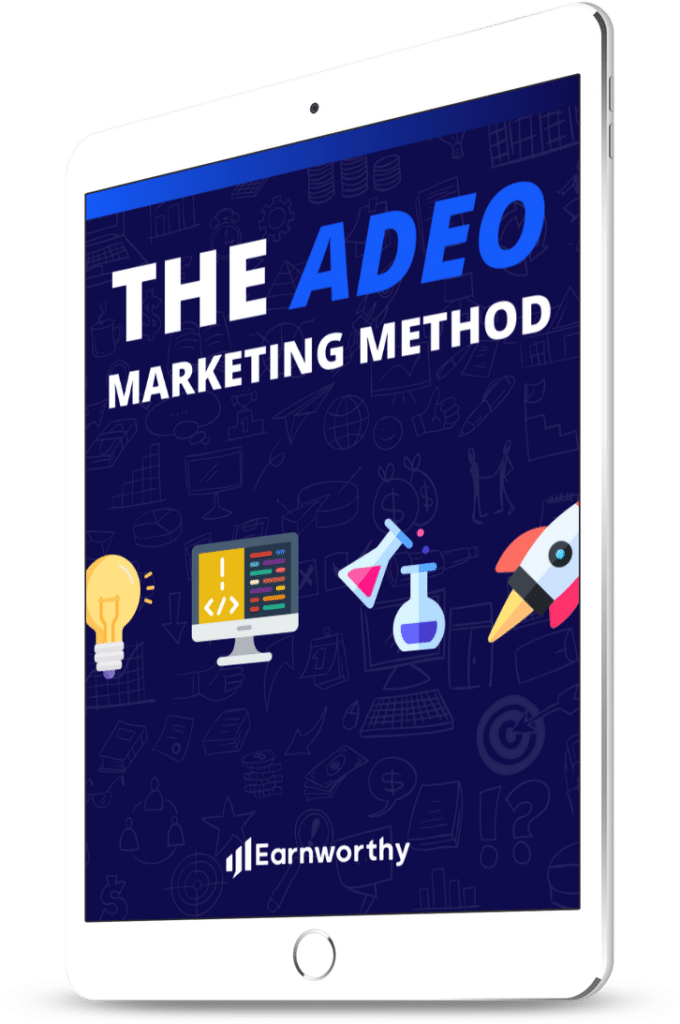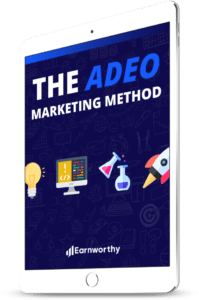Are you in the process of creating a landing page, but have no idea what the fundamentals of writing effective copy are? No landing page is complete without persuasive copywriting and without it your conversion rate could be taking a serious hit.
Nobody is born with copywriting skills and with the right guidance you can learn the techniques required to push casual visitors into the desired action. This might be to sign up for a newsletter, watch a video or buy a product right away.
Emphasize the benefits
Potential customers don’t want to hear about the specifics of your products/services, but instead the benefits that they’ll gain from using them. They care more about the solution than anything else, and if you can demonstrate that your products provide the solution then you’re on the right track.
For instance, if you’re selling a program on how to lose wright then you need to highlight the unique benefits that your weight loss program brings to the table. You’ll have a much better chance of capturing the attention of the audience if you can give them an understanding of what’s in it for them.
Write a killer headline
The potential customer might never even lay eyes on the body of your copy if the headline doesn’t capture their attention. It must be shocking, funny or controversial so that a casual visitor stops what they are doing and wants to investigate the body of the copy to find out more.

You can also write eye catching sub-headings, CTA buttons and picture captions. After all, at first people skim over the content to figure out if it’s worth reading, and once they decide that it is they’ll dive deeper into the content.
Don’t complicate the writing
Conversion copy must be simple so that the reader isn’t confused by what you’re trying to convey. You need to get straight to the point, every second that visitor is reading they might decide to back out of the page and go elsewhere. Therefore, you need to say what you want to say as fast as possible and then present the call to action to convert – it’s that simple.
Long words that nobody uses in everyday language and stories that meander around the topic aren’t going to result in the best possible conversions. The landing page is the place to get to the point, if you wish to elaborate you can leave that for the e-mail series once the prospect’s email address has been successfully captured.
Call to action
The worst mistake that you can make when writing copy is not finishing it off with a compelling call to action. The call to action must leave nothing to the imagination in terms of what the viewer must do in at the end of the copy.

Examples of a call to action would be to fill out a form in the sidebar to receive a newsletter, or clicking on a link to sign up for membership. You should already know what action you want the user to take before creating the landing page. After all, each landing page will have one specific goal in mind. Don’t confuse the landing page by adding multiple objectives as you’ll end up hurting your conversion.
A call to action should invoke a sense of urgency. For example, “If you want to lose 5 pounds in the next few days then sign up for our newsletter”. This call to action indicates that in only a few days you can lose weight and all the viewer has to do is sign up for the newsletter by filling out the form in the sidebar. It does the job of indicating the benefit, indicating urgency as you can hit the target within a few days, and it states what action must be taken.
Conclusion
Before starting your landing page copywriting make sure that you understand the basics of what has been presented in this article. You’ll realize that there is a method to the madness of copywriting, even if at times it might seem more of an art form.
Remember to keep the copy specific without going into unnecessary detail, explain the benefits of what you’re offering are and at the end of the content include a call to action that nudges the reader in the direction you want.
Finally, don’t forget to test your landing page copy. For instance, A/B testing allows two different versions of a landing page to be tested. You could test out different headlines, CTA’s and much more in the pursuit of obtaining the best conversion rate possible.





